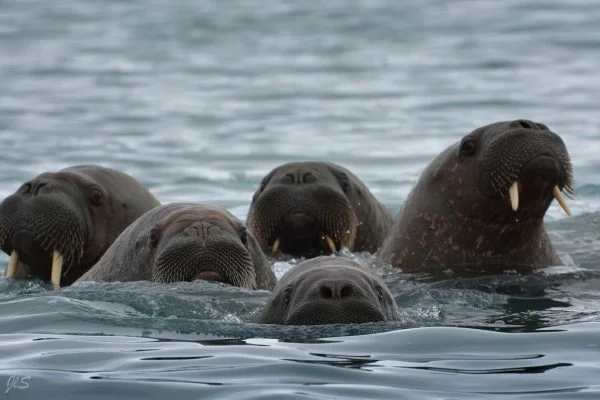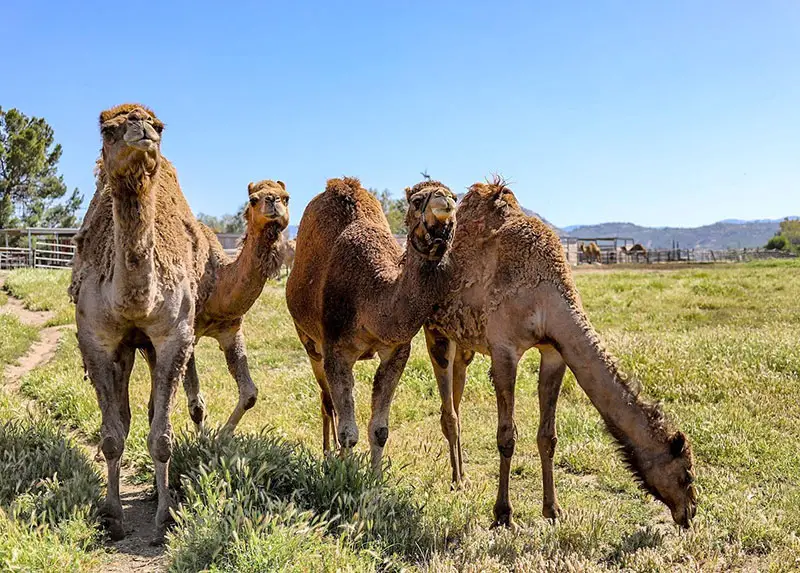Shrimps, those tiny denizens of the deep with their captivating movements and translucent bodies, have long ignited human curiosity. Beyond their culinary significance and ecological importance, these fascinating crustaceans exhibit remarkable social behaviors and play a vital role in maintaining the health of our oceans. By delving into the diverse collective nouns used to describe groups of shrimps, we embark on a journey exploring their social dynamics, ecological significance, and the challenges they face in our changing world.
Collective Nouns for Shrimps
While “flurry” reigns supreme as the most commonly used term for a large group of shrimps, signifying their rapid and unpredictable movements, other terms paint a more nuanced picture depending on the context:
- Flurry: This term evokes a sense of abundance, movement, and dynamism. It signifies a large group of shrimps swimming together in a seemingly random and fast-paced manner, often in response to external stimuli or seeking food sources. The image it creates is one of a swirling mass of tiny bodies, pulsating with collective energy, highlighting their adaptability and rapid response mechanisms.
Example: As the diver descended into the coral reef, a flurry of shrimps erupted from the crevices, their synchronized escape highlighting their awareness and ability to react collectively.
- Fleet: This term, typically associated with ships or vehicles, signifies a group of shrimps swimming together in a coordinated and streamlined manner, often in a single direction. The image it creates is one of a group of shrimps moving swiftly and purposefully through the water, their bodies aligned and movements synchronized, showcasing their ability to navigate efficiently and collectively.
Example: Driven by the instinct to find new feeding grounds, a fleet of shrimps surged across the sandy seabed, their coordinated movements and shared direction highlighting their reliance on each other and their remarkable navigational skills.
- Hover: This term, with its connotations of suspension and stillness, signifies a group of shrimps staying relatively stationary in the water column. The image it creates is one of a cloud of shrimps floating in the water, their bodies seemingly suspended, often feeding on plankton or waiting for prey to drift by.
Example: As the current gently swayed the kelp blades, a hover of shrimps gathered amongst the fronds, their delicate appendages filtering food particles from the water, showcasing their ability to utilize different microhabitats within the vast ocean.
- Flutter: This term, reminiscent of the delicate movement of butterflies, signifies a group of shrimps swimming gently in the water, often changing direction unpredictably. The image it creates is one of a group of shrimps gracefully navigating through the water column, their bodies oscillating gently, often exploring their surroundings or engaged in playful interactions.
Example: Bathed in the warm afternoon sunlight, a flutter of shrimps danced playfully near the surface, their translucent bodies shimmering like jewels, showcasing their intricate movements and playful social behaviors.
Interesting Facts About Shrimps
Understanding these diverse terms goes beyond mere vocabulary; it allows us to appreciate the intricate world of shrimps and their vital role in our oceans:
Masters of Adaptation: Shrimps possess remarkable adaptability, able to thrive in various environments, from tropical coral reefs to deep-sea trenches. They can change color to camouflage themselves, utilize specialized appendages for feeding and locomotion, and exhibit complex social behaviors.
Clean-up Crew: Shrimps play a crucial role in maintaining healthy ecosystems by acting as scavengers. They consume dead organic matter, preventing its decomposition and contributing to nutrient cycling, ensuring the health and productivity of the marine environment.
Facing the Future: Shrimps face numerous threats due to overfishing, habitat loss, and pollution. By implementing sustainable fishing practices, protecting their vital habitats, and advocating for clean oceans, we can ensure that these vital organisms continue to thrive and contribute to the health of our planet.
Final Thoughts
From the “flurry” signifying their dynamic movements to the “fleet” highlighting their coordinated navigation, and the “hover” showcasing their ability to utilize microhabitats, the diverse collective nouns for shrimps offer a glimpse into their multifaceted lives and enduring presence in our oceans. By appreciating these terms, understanding their intricate social dynamics and ecological significance, and acknowledging the challenges they face, we can strive to create a future where these captivating creatures continue to inspire us with their resilience, adaptability, and vital role in the intricate web of life.
Also Read:





